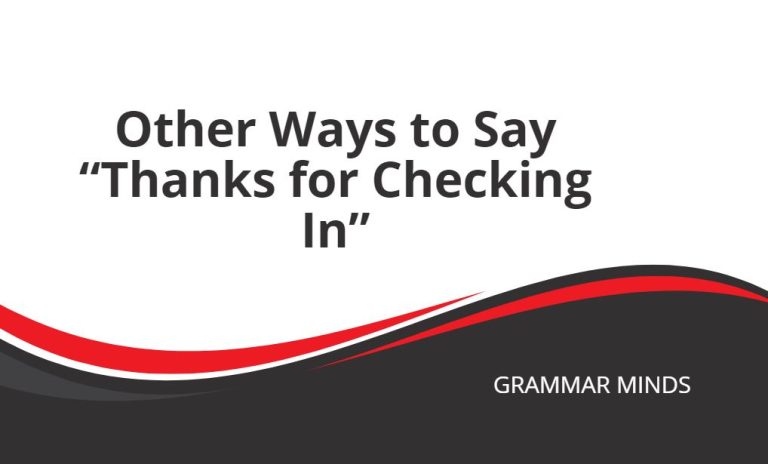
Do you need to list examples without implying limitation? “Including but not limited to” is the go-to phrase, but are there other ways to convey the same meaning?
Don’t worry; we’ve got you covered. This article will explore different ways to say “including but not limited to” in various contexts.
Other Ways to Say “Including But Not Limited To”
- Among other things
- Such as
- Including without restriction
- For example
- Like
- As well as
- Not exclusive to
- Including but without limitation
- Such as, but not restricted to
- Encompassing, but not limited to
KEY POINTS
- “Including but not limited to” is a versatile phrase used to introduce examples without limiting the scope.
- “Among other things” works well if you want to keep a professional tone in your writing.
- Try using “such as” for a more concise and straightforward alternative.
Keep reading to learn more about the most useful synonyms. In the following sections, we’ll delve into the most effective ones.
Also, you can skip to the last section to learn more about “including but not limited to.” In the final section, we explore whether it’s appropriate to use the phrase in the first place.
Among Other Things (Formal)
“Among other things” is a formal synonym for “including but not limited to.” It’s often used to provide examples without implying that the list is exhaustive.
You’ll frequently use “among other things” in professional documents and communications. It helps to maintain a formal tone while indicating that there are additional items not explicitly mentioned.
We think “among other things” and “including but not limited to” are equally effective. You can use either (or both) in your writing to vary your language and convey the same meaning.
These examples will help you understand more about it:
- The package includes, among other things, a user manual and warranty information.
- Our services cover, among other things, web development and graphic design.
Such As (Informal)
“Such as” is a more informal synonym that works well in everyday conversation and casual writing. You can use it to list examples without implying limitation.
You’ll find it best used when talking to colleagues or friends in a relaxed setting. “Such as” allows you to introduce examples in a concise and straightforward manner.
While it’s great conversationally, it might not be as effective formally. You should stick to “including but not limited to” when you want to sound more professional and comprehensive.
Here are a couple of examples to help you:
- You can bring items such as snacks, drinks, and games to the party.
- The project requires skills such as coding, design, and project management.
Is It Correct to Say “Including But Not Limited To”?
“Including but not limited to” is correct and widely accepted in both formal and informal writing. It’s used to introduce examples while clarifying that the list is not exhaustive.
Most people use “including but not limited to” in legal documents, contracts, and detailed reports to ensure that the scope remains open-ended. It’s a useful phrase when you want to cover a range of possibilities without restricting them.
You should bookmark this page to remind yourself of all the synonyms for “including but not limited to.” Then, you’ll always have something to refer to when you need more.







